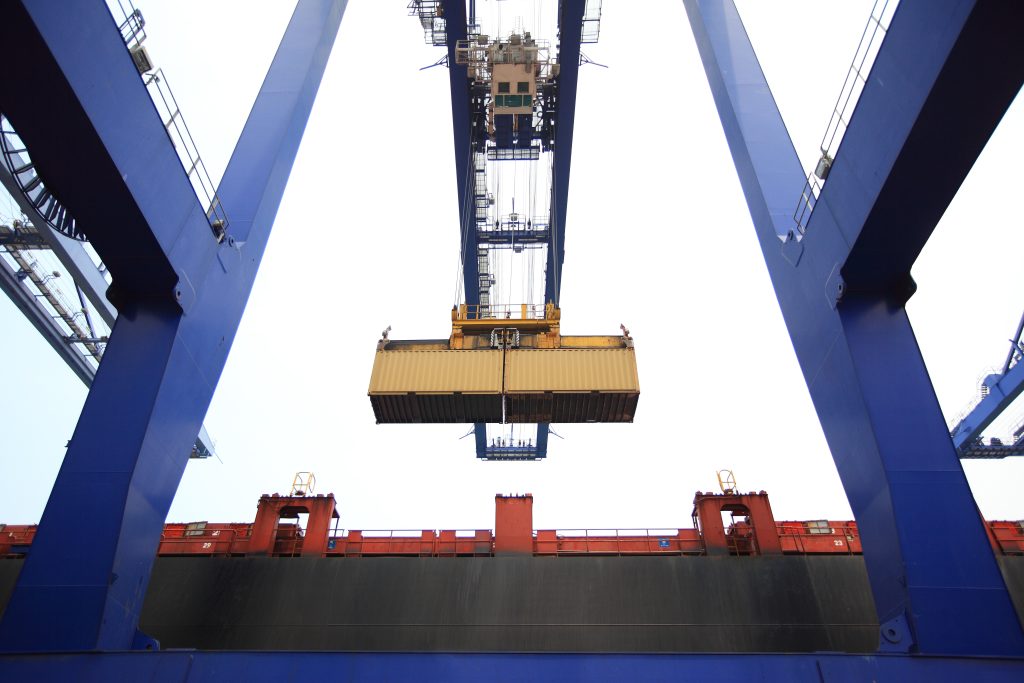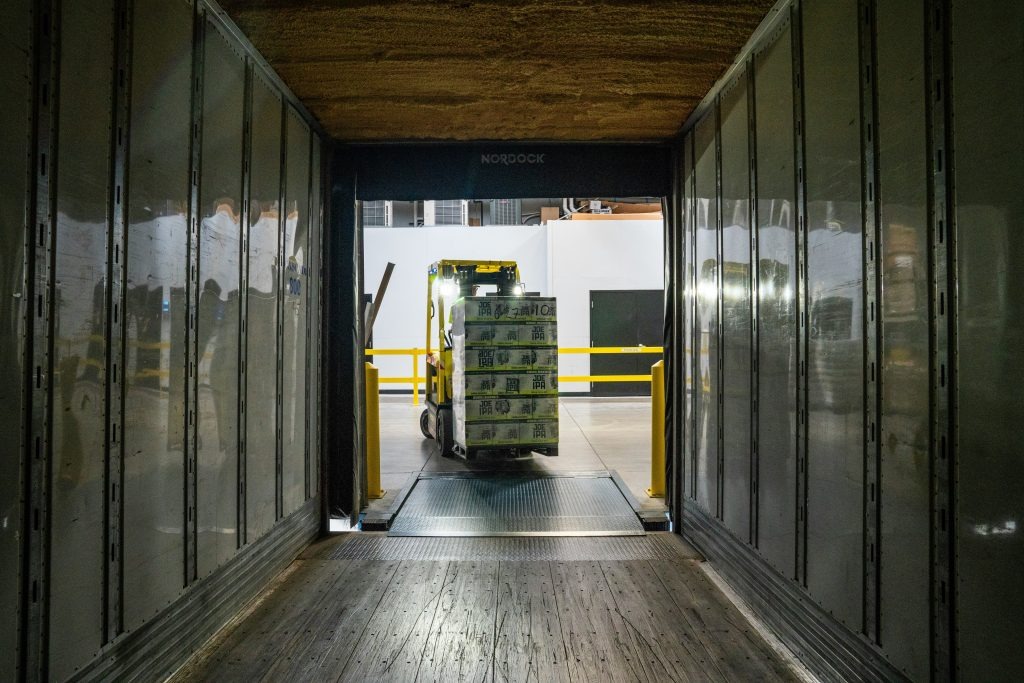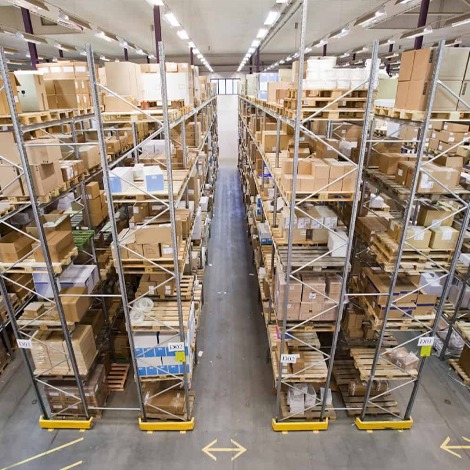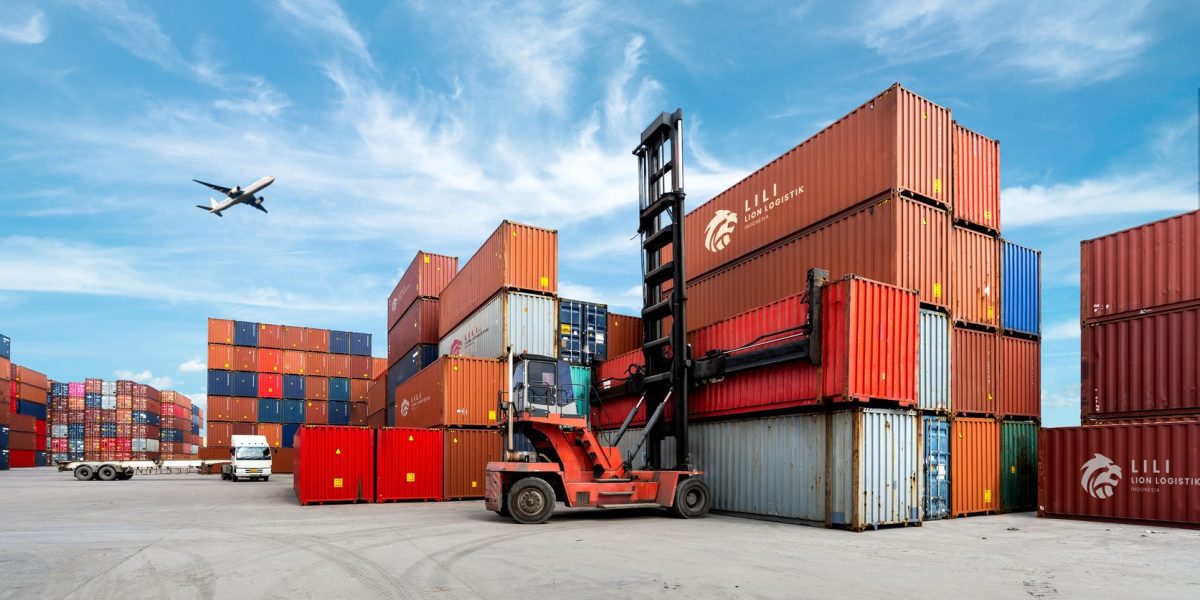In a constantly evolving business world, businesses are caught up in a relentless battle for supply chain efficiency to keep up with customer demands in a cost-effective and timely way. Logistics is central to any business strategy in moving goods to their point of consumption, and one well-established strategy to do that is cross-docking. Cross-docking companies aim to ensure that products steadily move from suppliers to customers while bypassing the time traditionally spent in storage.
While cross-docking is geared toward efficiency, it is nevertheless open to inventory challenges, particularly due to the influence of external factors like coordination, technology, or transportation issues, which can affect the stability of supply chain operations. By implementing best practices, cross-docking companies can manage their inventory effectively and maintain a seamless workflow.
What is Cross Docking?
A growing need for more efficient supply chains and cost savings has spurred the cross-docking services market, which is expected to grow at a 6% CAGR until 2030. Before we move on to discuss best practices for cross-docking companies, let’s first understand what does cross-docking means in a warehouse.
Cross-docking is a logistics practice that involves transferring freight from an incoming transportation to an outbound vehicle. It revolves around a cross-docking facility where inbound freight is unloaded and directly loaded onto another outbound truck within 24 hours of arrival. In other words, the distribution center functions as a sorting center where goods are assembled temporarily rather than a warehouse or storage facility.
This effectively means that goods don’t have to go through long warehousing periods, as it primarily aims to speed up the distribution process, reducing storage costs in the process.
By keeping your products in motion, cross-docking logistics can reduce both handling times and maximize warehouse space for efficient operations.

Preventing Inventory Setbacks: Best Practices for Cross-Docking
1. Improve Coordination Between Suppliers and Cross-docking services
The possibility of delays is increased in the event of any miscommunication between suppliers and cross-docking companies, not to mention the additional costs. Therefore, it’s essential to set clear expectations from the outset. Define service level agreements (SLAs) with suppliers and cross-docking services so that you are on the same page with respect to delivery schedules and quality standards in shipments.
Implementing automated scheduling can align timings for incoming and outgoing shipments to minimize idle time when the warehouse is not in use. Set performance metrics in advance, like carrier reliability, supplier punctuality, and delivery accuracy, to assess whether your shipping goals are being achieved or not.
2. Optimize Cross-docking Warehouse Layout and Design
The layout and design of the warehouse are critical in the efficiency of cross-docking operations, as they help in the smooth flow of goods and prevent congestion.
- Ideally, an I-shape or a narrow rectangular shape works best for smaller facilities, while large facilities are better suited to configurations such as L-shape, rectangle, or T-shape.
- The dock doors should be strategically placed to ensure a quick and seamless transfer of products from inbound to outbound shipments.
- Ensure that the staging areas are clearly marked out for receiving different types of shipments to reduce errors.
Having adequate and quality material handling equipment like forklifts, conveyor belts, and automated sorting systems is also essential to substitute labor-intensive tasks and boost productivity.
3. Implement a Robust Inventory Tracking System
Efficient inventory management is the basis of successful cross-docking operations. Since there is no storage in between the time freight is unloaded from inbound vehicles and loaded onto an outbound shipment, it is important to ensure accurate tracking from arrival to departure.
Integrating with Transportation Management Systems (TMS) will be in planning and streamlining the entire transportation process, including scheduling and tracking the movement of products between inbound and outbound shipments.
A warehouse management system (WMS) aims to provide real-time visibility into inventory movement from the distribution center to the store shelf. It further enables companies to optimize the use of space and resources and their fulfillment options.
4. Data Analytics for Demand Forecasting
The last thing you want is to be short on supply and, hence, unable to keep up with inventory needs. Demand forecasting allows businesses to anticipate demand by analyzing historical data, like seasonal trends, and identifying periods when demand is at its highest.
Utilizing advanced analytics tools like AI and machine learning can help you predict demand fluctuations so that you can adjust your operations proactively and stay ahead of the curve.
5. Develop a Scalable Infrastructure
Markets are prone to fluctuation, and seasonal demands shift. At the same time, a number of external conditions like supplier issues, transportation delays, or system failures make it more crucial than ever for cross-docking companies to be adaptable. To cope with times when demand is at an all-time high, you need to have a backup plan so that you can scale operations accordingly.
Moreover, relying on a single supplier can be counterproductive, so diversify your supplier network to avoid getting caught up in shortages. Finally, investing in multi-modal transportation modes like trains, trucks, or sea ensures your products can be transferred using the most efficient transportation routes for lower dwell and travel times.

FAQs for Cross-Docking Companies
1. What is the key to successful cross-docking operations?
For efficient cross-docking, seamless coordination between suppliers, carriers, and warehouse staff is necessary to prevent delays and streamline operations. This can be achieved by implementing real-time inventory tracking and using automated software to increase efficiency and minimize costs.
2. How can cross-docking companies minimize inventory discrepancies?
There are various ways they can do that, including integrating barcode scanning and RFID technology in operations to reduce human errors and track accuracy with high accuracy. Conducting regular audits and putting in place standardized handling procedures, along with training employees on best practices, can maintain high precision and accuracy.
3. What role does technology play in preventing inventory setbacks?
Advanced technologies like warehouse management systems (WMS) and transportation management systems offer real-time visibility into shipments, which helps prevent delays, misplaced goods, and stock shortages. Predictive analytics can also assist in forecasts for future demands to optimize inventory flow and reduce bottlenecks.
4. How can companies handle unexpected shipment delays?
In order to counter shipment delays, a cross-docking facility should prepare a contingency plan to respond quickly to delays, which may involve including buffer time into schedules and arranging backup transportation options. Close communication with suppliers and carriers helps mitigate disruptions and, hence, the risk of inventory setbacks.
Conclusion
Cross-docking companies play a crucial role in supply chain management, but inventory setbacks can threaten efficiency and profitability. The solution lies in implementing best practices such as advanced inventory tracking, optimizing warehouse design, boosting supplier coordination, and leveraging data-driven forecasting to reduce the risk of disruptions and maintain smooth operations. Having a well-managed inventory will lead to faster deliveries, reduce waste, and minimize costs, which will ultimately help cross-docking companies keep their customers satisfied and win over their trust.
At Accurate Trailers, we are driven to fulfill your transportation needs with our comprehensive warehousing services. If you need help with inventory management, contact us to schedule a consultation and get the support you need to cater to the demands of a dynamic and competitive business environment.
Popular Posts

November 20, 2025

November 14, 2025

November 11, 2025
Post A Comment